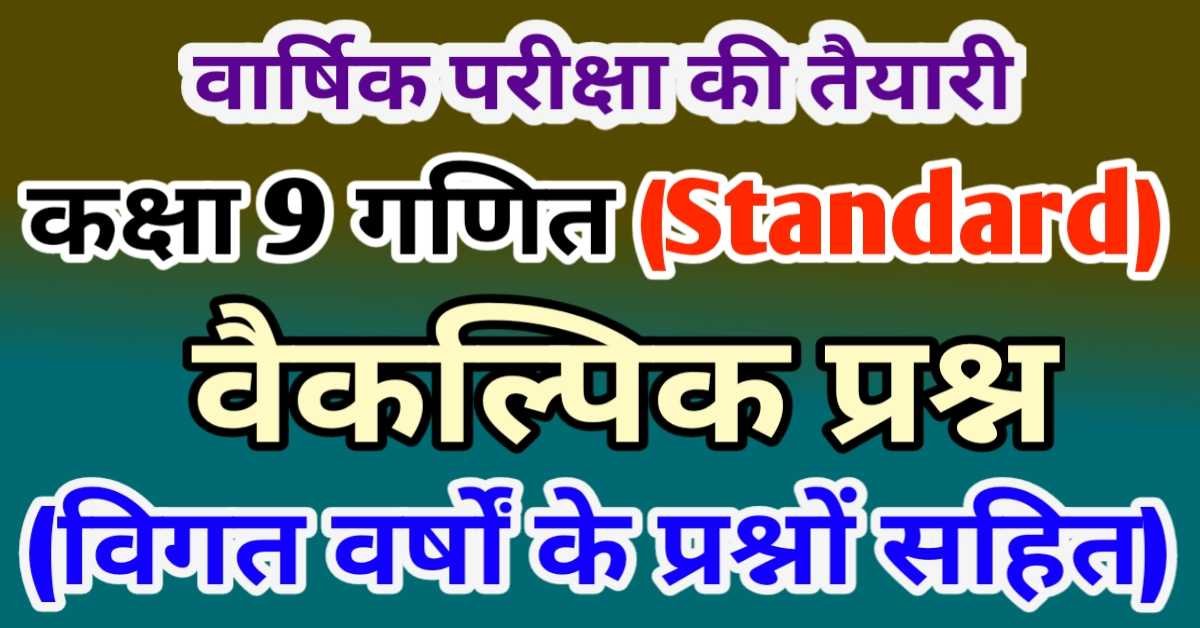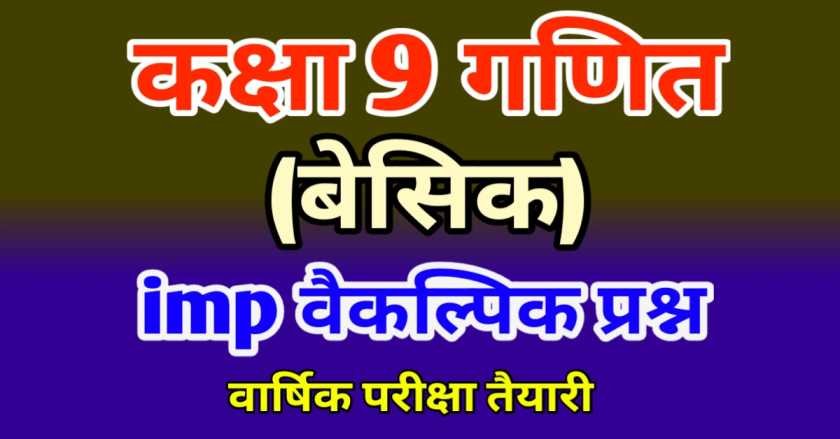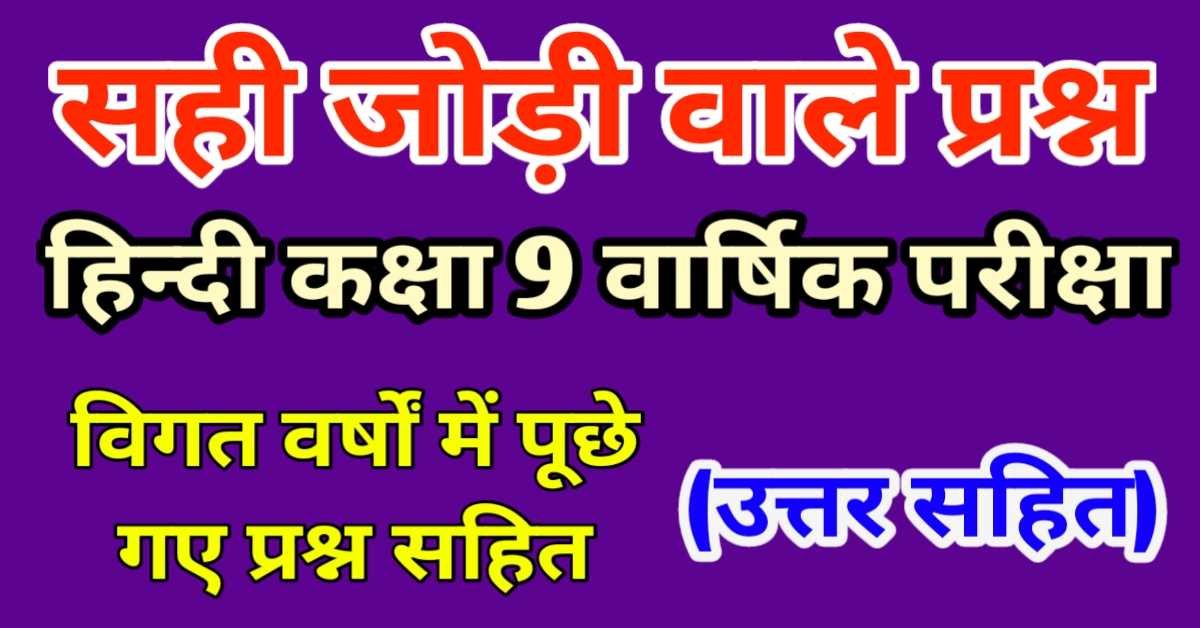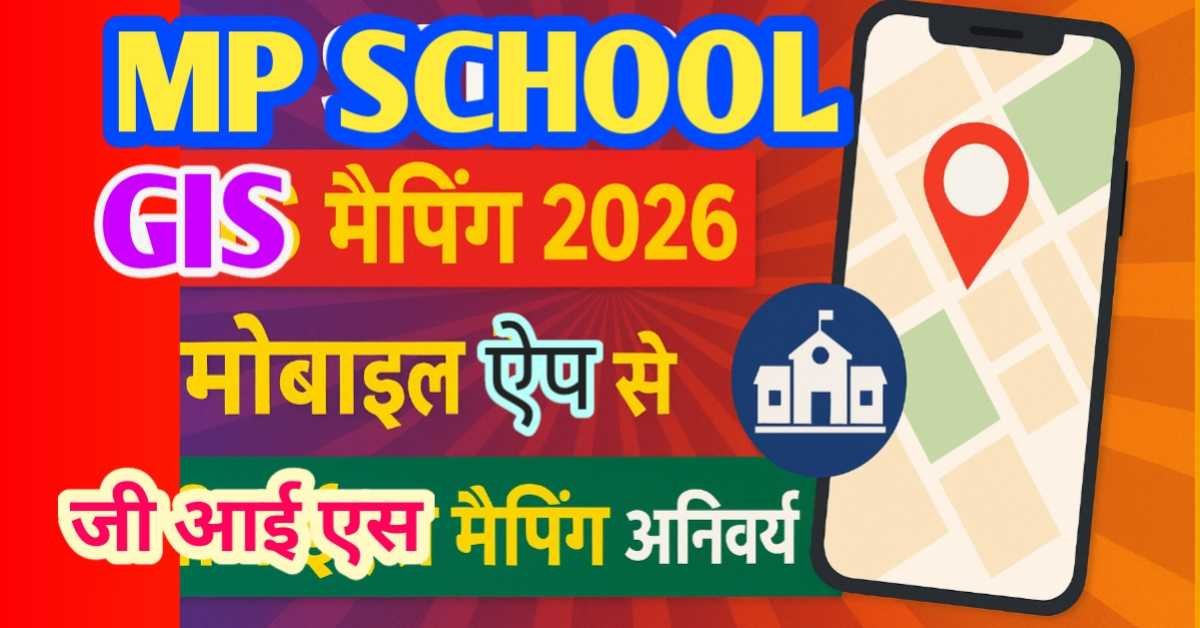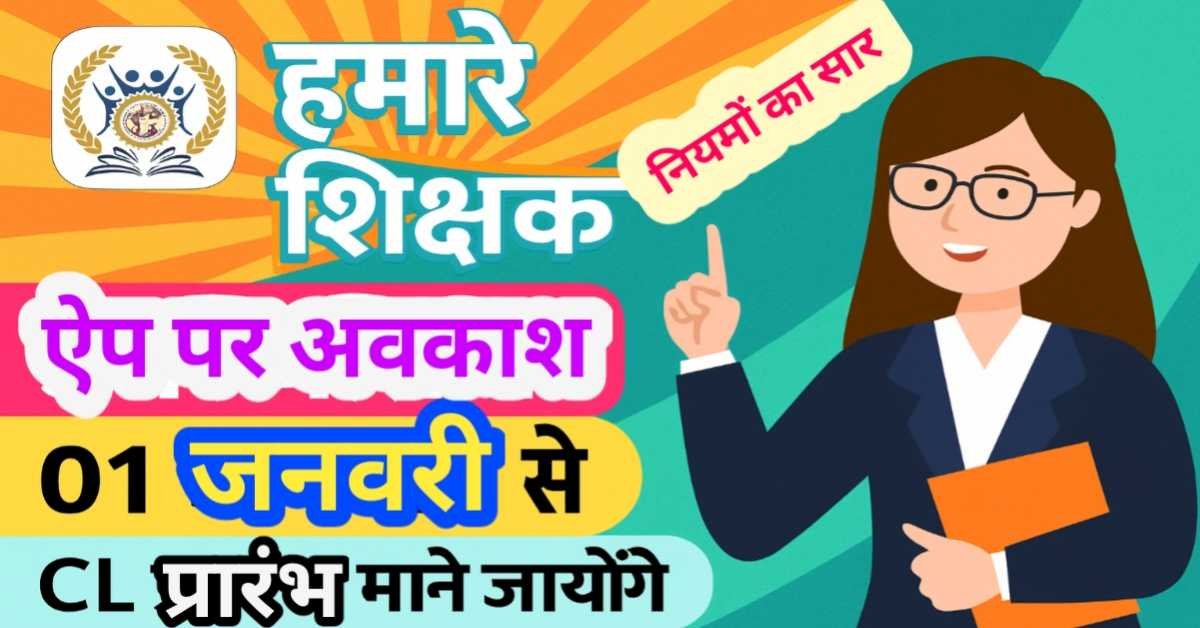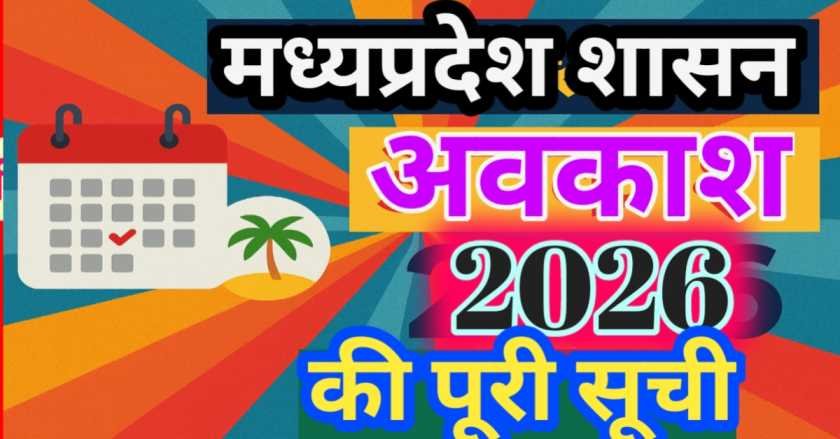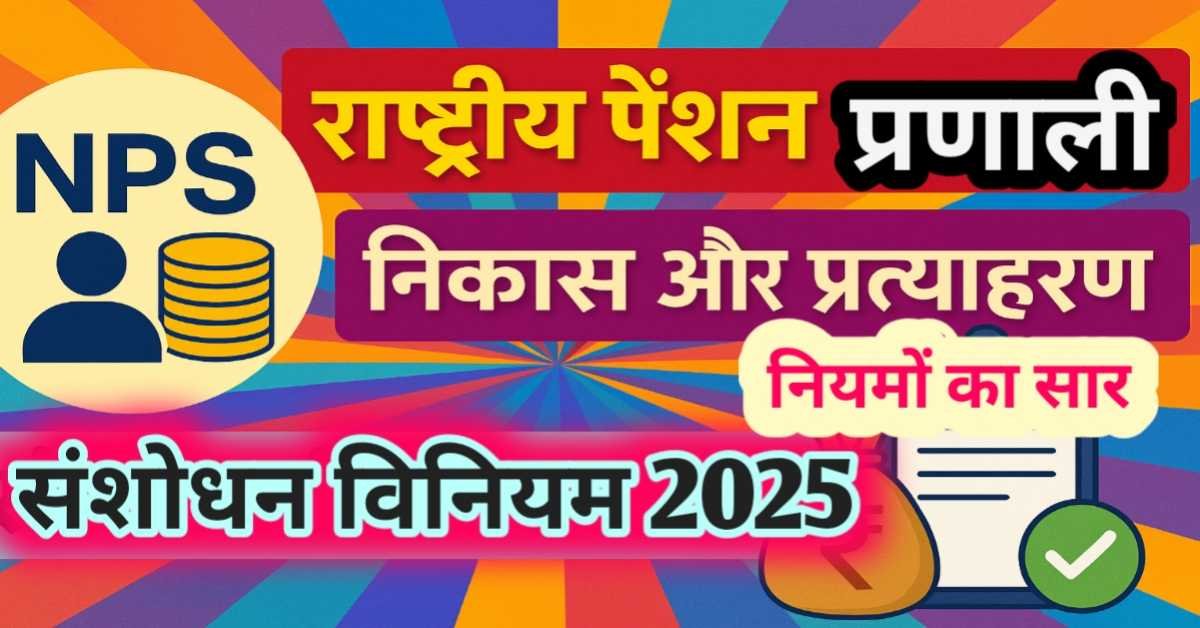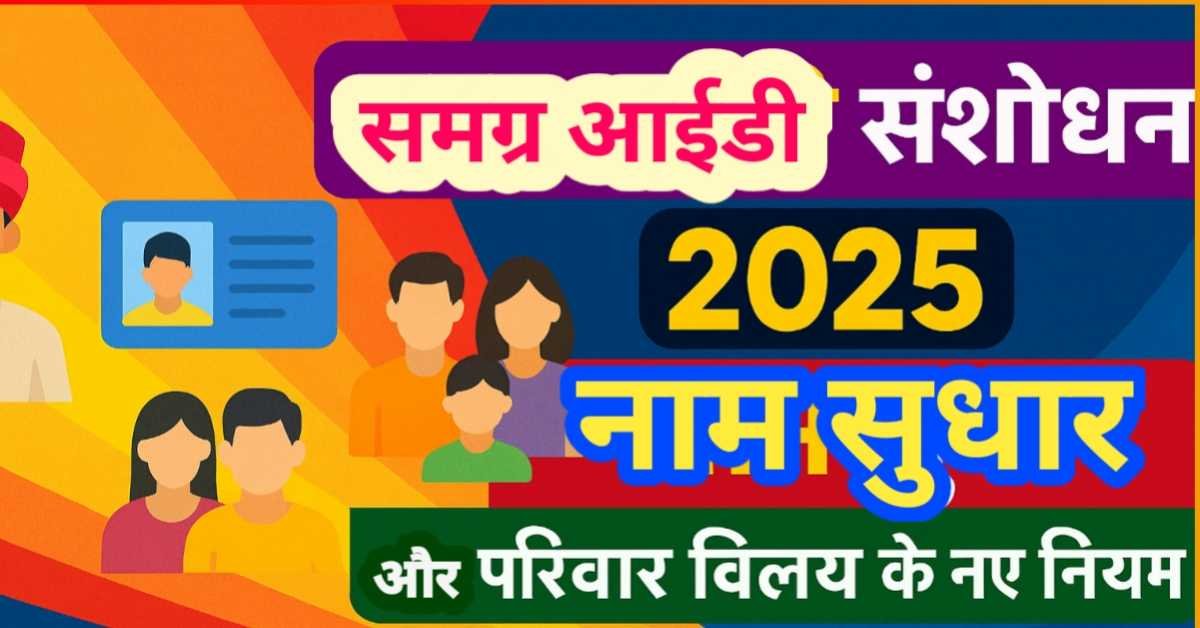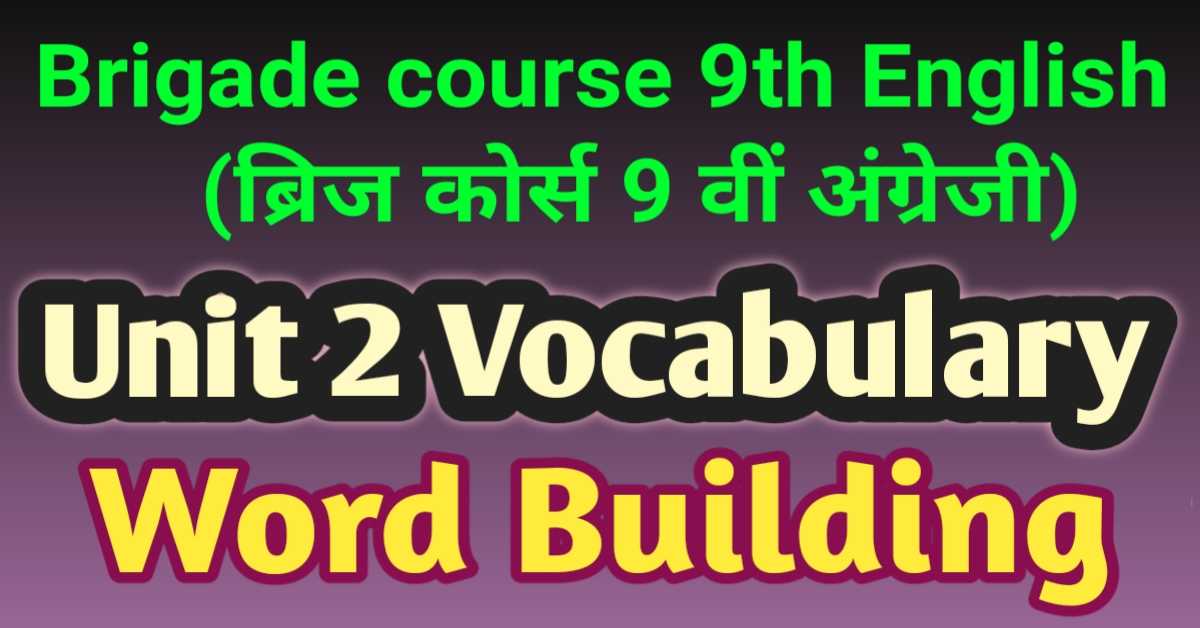
Unit 2 Vocabulary - Word Building || Brigade course 9th English
Word Building.
A. Complete these word trains. The missing word start with last letter of the previous word and ends with the first letter of the next word.
(इन शब्द ट्रेनों को पूरा करें। लुप्त शब्द पिछले शब्द के अंतिम अक्षर से शुरू होता हैं और अगले शब्द के पहले अक्षर से समाप्त होता है।)
1. Pen – net – ten – not – tiger – red.
2. Red – den – nob – book – kite – egg.
3. Duck – kite – egg – gun – net – tiger.
4. Tiger – red – duck – kite – eat – tub.
5. Cup – peacock – cuckoo – orange – egg – girl.
[2] B. Learn more words.
How do we introduce ourselves? Let's read what Mira and Anil say about themselves.
(हम अपना परिचय कैसे दें? आइए पढ़ते हैं मीरा और अनिल अपने बारे में क्या कहते हैं।)
I am Miro.
(मैं मीरा हूँ।)
I live in Madhya Pradesh.
(मैं मध्यप्रदेश में रहती हूँ।)
My mother's name is Shankuntala.
(मेरी माँ का नाम शकुंतला है।)
I am Anil.
(मैं अनिल हूँ।)
1ive in Bijapur.
(मैं बीजापुर में रहता हूँ।)
My father's name is Gynchand.
(मेरे पिताजी का नाम ज्ञानचंद है।)
We know some words that show relations. Let us learn more words.
(हम कुछ ऐसे शब्द जानते हैं जो संबंध दर्शाते हैं। आइए और अधिक शब्द सीखें।)
Father (पिता)
Mother (माता)
Son (पुत्र/बेटा)
Daughter (पुत्री/बेटी)
Sister (बहन)
Brother (भाई)
Grandfather (दादाजी/नानाजी)
Grandmother (दादीजी/नानीजी)
Grandson (पोता/नवासा)
Granddaughter (पोती/नवासी)
Brother-in-law (जीजा/साला)
Sister-in-law (भाभी/साली)
Uncle (चाचा/काका)
Aunt (चाची/काकी)
Niece (भतीजी/भांजी)
Nephew (भतीजा/भांजा)
Cousin (चचेरा/ममेरा/ फुफेरा भाई)
Daughter-in-law (बहू/पुत्रवधू)
Father-in-law (ससुर)
Mother-in-law (सास)
Son-in-law (दामाद)
[2] C. Now make your family tree.
(अब अपना वंश वृक्ष बनाओ।)
Note - वृक्ष जमीन में उगकर ऊपर की ओर बढ़ता है। इसी तरह से हम Family Tree अर्थात वंश वृक्ष बनाने के लिए अपने परिवार के सबसे बुजुर्ग व्यक्ति जैसे दादाजी और उनकी पत्नी दादी जी का नाम लिखकर ऊपर की ओर शाखाएँ बनायें फिर अपने पिताजी एवं माता जी का नाम लिखें। उसी के बाजू में चाचा और चाची का नाम लिखें। पुनः उनके ऊपर शाखाएँ बनाकर अपने भाई, बहन एवं स्वयं का नाम लिखें। चाचा चाची की नाम के ऊपर अपने चचेरे भाई बहन का नाम लिखें। इस तरह से हमारे परिवार का फैमिली ट्री बन जाता है।
[2] D. My Rabbit runs away.......
(मेरा खरगोश भाग गया......)
Look at the picture and fill in the blanks with appropriate words to complete the story.
(चित्र को देखिए और कहानी को पूरा करने के लिए उपयुक्त शब्दों से रिक्त स्थानों की पूर्ति कीजिए।)
My Family has 3 three pets. We have a dog, a rabbit and a fish. This week it is my job to clean the pet house. I use a brush and water with soap. This week, the rabbit got loose and hid under grandfather's bed then it went inside a box. Next he fell into a hole in the floor. I grabbed him and put him back into his house.
हिन्दी में अनुवाद
मेरे परिवार में 3 तीन पालतू जानवर हैं। हमारे पास एक कुत्ता, एक खरगोश और एक मछली है। इस सप्ताह मेरा काम पालतू जानवरों के घर को साफ करना है। मैं साबुन के साथ ब्रश और पानी का उपयोग करता हूँ। इस हफ्ते, खरगोश खो गया और दादा के बिस्तर के नीचे छिप गया और फिर एक बॉक्स के अंदर चला गया। इसके बाद वह फर्श के एक छेद में गिर गया। मैंने उसे पकड़ लिया और वापस उसके घर में रख दिया।
[2] E. Interactive Classroom.
(परस्पर संवाद युक्त कक्षा)
Look at the picture given below. Complete the dialogue between Ravi and Meena.
(नीचे दी गई तस्वीर को देखिए। रवि और मीना के बीच संवाद पूरा करें।)
Ravi : Who is teaching in the class?
Meena : Mrs. S. Temre is teaching in the class.
Ravi : What do you see on the board?
Meena : There is a picture of apple on the board.
Ravi : How many students are there in the classroom?
Meena: There are eight students in the class.
Ravi : Where is the book?
Meena : The book is on the table.
Ravi : When do you come to school?
Meena : I come to school at 10:30 o'clock.
Ravi : Why are you happy?
Meena: I am happy because we are painting an apple.
Ravi : Which is your favourite subject?
Meena : Englah is my favourite subject.
हिन्दी में अनुवाद
रवि : क्लास में कौन पढ़ा रहा है?
मीना : श्रीमती एस. टेमरे कक्षा में पढ़ा रही हैं।
रवि : तुम बोर्ड पर क्या देखते हो?
मीना : बोर्ड पर सेब का चित्र है।
रवि : कक्षा में कितने विद्यार्थी हैं?
मीना : कक्षा में आठ विद्यार्थी हैं।
रवि : किताब कहाँ है?
मीना : किताब टेबल पर है।
रवि : तुम स्कूल कब आते हो?
मीना : मैं 10:30 बजे स्कूल आती हूँ।
रवि : तुम खुश क्यों हो?
मीना : मैं खुश हूँ क्योंकि हम एक सेब पेंटिंग कर रहे हैं।
रवि : तुम्हारा पसंदीदा विषय कौन सा है?
मीना : अंग्रेजी मेरा पसंदीदा विषय है।
Question Words (प्रश्न सूचक शब्द)
1. Who – person (subject) – कौन
(Who स्थान पर उत्तर में कर्ता आता है।)
2. What – object, idea, action – क्या
(What स्थान पर उत्तर में कर्म आता है।)
3. When – time – कब
(When स्थान पर उत्तर में सक्षय आता है।)
4. Where – place, position – कहाँ
(Where स्थान पर उत्तर में स्थान का नाम आता है।)
5. Why – reason – क्यों
(Why स्थान पर उत्तर में कारण आता है।)
6. Which – choice – कौन सा, कौन सी
(Which स्थान पर उत्तर में चुनी संज्ञा आती है।)
7. How – manner or way – कैसा
(How स्थान पर उत्तर में तरीका आता है।)
8. How many – countable noun – कितने
(How many स्थान पर उत्तर में गिनती का अंक आता है।)
9. How much – uncountable noun – कितना
(How much स्थान पर उत्तर में मात्रा लिखी जाती है।)
Activity-[2] F
1. Answer the question by completing the sentences.
(वाक्यों को पूरा करके प्रश्न का उत्तर दें।)
1. What do you do?
(i) I eat. (eat/drink)
(ii) I drink. (eat/drink)
2. What does he do?
(i) He plays. (plays/sleeps)
(ii) He Sleeps. (plays/sleeps)
3. What does she do?
(i) She dances. (dances/sings)
(ii) She sings. (dances/sings)
II. Frame sentences from the substitution table.
(प्रतिस्थापन तालिका से वाक्यों को फ्रेम करें।)
1. He drinks.
2. I drink.
3. She drinks.
4. He plays.
5. I play.
6. She plays.
7. He eats.
8. I eat.
9. She eats.
10. He dances.
11. I dance.
12. She dances.
13. He sings.
14. I sing.
15. She sings.
16. He sleeps.
17. I sleep.
18. She sleeps.
III. Look at the emojis and complete the answer to the questions.
(इमोजी देखें और प्रश्नों के उत्तर को पूरा करें।)
1. How are you feeling?
(i) I am sad. (sad/happy)
(ii) I am happy. (sad/happy)
2. How is he feeling?
(i) He is sleepy. (sleeoy/tired)
(ii) He is tired. (sleeoy/tired)
3. How is she feeling?
(i) She is angry. (angry/relaxed)
(ii) She is relaxed. (angry/relaxed)
IV. Frame the sentences from the substitution table.
(प्रतिस्थापन तालिका से वाक्यों को फ्रेम करें)
1. I am angry.
2. He is happy.
3. Sonu is tired.
4. She is sleepy.
5. Dolly is sad.
6. I am relaxed.
V. Look at the images at the end of every answer.
(प्रत्येक उत्तर के अंत में चित्रों को देखें।)
1. Which vegetables do you eat?
(i) I eat potato. (potato/tomato)
2. Which vegetable does Raju eat?
(ii) Raju eats tomato. (potato/tomato)
3. Which vegetable does Reena eat?
(iii) Reena eats onion. (onion/peas)
4. Which vegetable does he eat?
(iv) He eats peas. (onion/peas)
5. Which vegetable does she eat?
(v) She eats brinjal. (chilli/brinjal)
6. Which vegetable do we eat?
(vi) We eat chilli. (chilli/brinjal)
VI. Frame the sentences from the substitution table.
(प्रतिस्थापन तालिका से वाक्यों को फ्रेम करें।)
1. I eat brinjal.
2. We eat potato.
3. Raju eats onion.
4. Reena eats peas.
5. He eats tomato.
6. She eats chilli.
VII. Answer the question by completing the sentence.
(वाक्य को पूरा करके प्रश्न का उत्तर दें।)
Mango, apple, orange, papaya, banana, guava, grapes.
1. Which fruits do you like?
(आपको कौन से फल पसंद हैं?)
(i) I like mango.
2. What fruit do you not like?
(ii) I do not like papaya.
3. What fruit does Ramu like?
(iii) Ramu likes apple.
4. What fruit does Ramu not like?
(iv) Ramu does not like guava.
5. What fruit does Renu like?
(v) Renu likes grapes.
6. What fruit does Renu not like?
(vi) Renu does not like orange.
VIII. Frame the sentences from the substitution table!
(प्रतिस्थापन तालिका से वाक्यों को फ्रेम करें!)
Eg. I like mango./I do not like apple.
1. I like apple.
2. I do not like banana.
3. Ramu likes papaya.
4. Ramu does not like pear.
5. Renu likes grapes.
6. Renu does not like apple.
IX. Answer the question by completing the substitution table.
(प्रतिस्थापन तालिका को पूरा करके प्रश्न का उत्तर दें।)
What is your name?
(तुम्हारा नाम क्या है?)
Write six sentences about your family. You may write about your parents, brothers, sisters or other relatives who live with you.
(अपने परिवार के बारे में छह वाक्य लिखिए। आप अपने माता-पिता, भाइयों, बहनों या आपके साथ रहने वाले अन्य रिश्तेदारों के बारे में लिख सकते हैं।)
1. My name is Kavya Pravah Temre.
2. My father's name is R.F. Temre.
3. My mother's name is S. Temre.
4. My sister's name is Pavni.
5. My grand father's name is L.M. Temre.
6. My grand mother's name is let. Revta Temre.
X. Answer these questions.
(इन प्रश्नों के उत्तर दें।)
1. Where do you live?
Ans. I live in seoni.
2. How old are you?
Ans. I am 13 years old.
3. Where do you live?
Ans. I live in seoni.
4. In which class do you study?
Ans. I study in class 9th.
5. How many brothers and sisters do you have?
Ans. I have one brothers and one sisters.
XI. Answer the question by completing the substitution table. Which places do you go?
(प्रतिस्थापन तालिका को पूरा करके प्रश्न का उत्तर दें। आप किन जगहों पर जाते हैं?)
1. I go to school.
2. Rani goes to market.
3. We go to park.
4. I go to fair.
5. Rani goes to library.
6. We go to hotal.
XII. Which colour do you like?
(आपको कौन सा रंग पसंद है?)
Ask your friend and write the colour they like.
(अपने मित्र से पूछें और वह रंग लिखें जो उन्हें पसंद है।)
1. I like red colour.
2. Rina likes blue colour.
3. I like yellow colour.
4. Rina likes green colour.
XIII. Answer the question by completing the substitution table.
(प्रतिस्थापन तालिका को पूरा करके प्रश्न का उत्तर दें।)
1. What does you father do?
Ans. My father is a Teacher.
2. What does your mother do?
Ans. My mother is a house wife.
3. What does your uncle do?
Ans. My uncle is a farmer.
XIV. How many brothers or sister do you have?
(आपके कितने भाई या बहन हैं?)
Write their names.
(उनका नाम लिखिए।)
Note - Students write the names of their siblings.
(विद्यार्थी अपने भाई बहनों के नाम लिखें।)
Sentence Framing
Activity-3 A
Read the substitution table and write the sentence below.
(प्रतिस्थापन तालिका को पढ़िए और नीचे वाक्य लिखिए।)
Eg. I am a boy.
She is a girl.
I am a girl.
He is a boy.
Eg. This is my pen.
This is not my pen.
That is your book.
That is not your book.
It is his dog.
It is nother toy.
Sentence Framing
Activity-3 B
Let's combine and write.
(आइए जोड़े और लिखें।)
1. It is a chain.
2. This is a cup.
3. That is a ball.
4. It is an eye.
5. This is a boat.
6. It is an umbrella.
7. This is an axe.
8. That is a horse.
9. It is a bat.
10. This is an owl.
Sentence Framing
Activity-3 A
Read the substitution table and write the sentence below.
(प्रतिस्थापन तालिका को पढ़िए और नीचे वाक्य लिखिए।)
Eg. 1. I am a boy.
2. She is a girl.
3. He is a boy.
4. I am a girl.
Eg. 1. This is my pen.
2. This is not my pen.
3. That is your bicycle.
4. That is not your bicycle.
5. It is his dog.
6. It is not his dog.
7. This is your book.
8. This is not your book.
9. It is your toy.
10. It is not your toy.
Sentence Framing
Activity-3 B
Let's combine and write.
(आइए जोड़े करें और लिखें।)
1. It is a chain.
2. This is a cup.
3. That is a hall.
4. This is an eye.
5. That is a boat.
6. It is an umbrella.
7. That is an axe.
8. This is a horse.
9. This is an owl.
10. That is a bat.
Sentence Framing
Activity-3 C
Make sentences by using the words given in the boxes. One has been done for you.
(बक्सों में दिए गए शब्दों का प्रयोग कर वाक्य बनाइए। आपके लिए एक किया गया है।)
1. I can eat.
2. I can not dance.
3. We can sleep.
4. We can not draw.
5. You can run.
6. You can not dance.
7. He can eat.
8. He can not run.
9. She can dance.
10. She can not draw.
11. It can sleep.
12. It can not eat.
13. They can draw.
14. They can not run.
Sentence Framing
Activity-3 D
Make sentences by using the words given in the boxes. One has been done for you.
(बक्सों में दिए गए शब्दों का प्रयोग कर वाक्य बनाइए। आपके लिए एक किया गया है।)
1. Can I go?
2. Can we play?
3. Can you cook?
4. Can she read?
5. Can he swim?
6. Can it run?
7. Can they go?
Unit 2
Make Words and Framing Sentence.
(शब्द बनाएँ और वाक्य तैयार करें।)
Rat = चूहा।
Cat = बिल्ली।
Bat = बल्ला।
Mat = चटाई / दरी।
Fan = पंखा।
Van = गाड़ी।
Pan = तवा / कड़ाही।
Can = बर्नी / तरल पदार्थ रखने के लिए उपयोग किया जाने वाला बर्तन।
Cap = टोपी।
Tap = नल
Map = नक्शा
Gap = अंतर
Bag = बस्ता / झोला
Sad = दुखी
Pen = कलम
Hen = मुर्गी
Bed = पलंग
Pin = पिन
Bin = कचरा डालने वाला पात्र
Fig = अंजीर
Cot = खाट
Pot = घड़ा
Log = लकड़ी का लठ्ठा
Gun = बंदूक
......... इसी तरह के शब्द ब्रिज कोर्स पुस्तिका के प्रश्न क्रमांक 26 एवं 27 पर देखें।
कक्षा 9 क्षितिज (हिन्दी) के पाठ, उनके सारांश एवं अभ्यास
1. पाठ 1 'दो बैलों की कथा' पाठ, का सारांश, अभ्यास एवं व्याकरण
2. सम्पूर्ण कहानी- 'दो बैलों की कथा' - प्रेंमचन्द
3. दो बैलों की कथा (कहानी) प्रेंमचन्द
4. 'ल्हासा की ओर' - यात्रावृत्त - राहुल सांकृत्यायन
5. हिन्दी भाषा ज्ञान - स्वर, व्यन्जन एवं उनके उच्चारण स्थल (ब्रिज कोर्स कक्षा -9)
6. Bridge Course 9th English. Unit 1 Alphabet knowledge CAPITAL and SMALL LETTERS
आशा है, उपरोक्त जानकारी उपयोगी एवं महत्वपूर्ण होगी।
(I hope the above information will be useful and important. )
Thank you.
लेखक
(Writer)
infosrf.com

